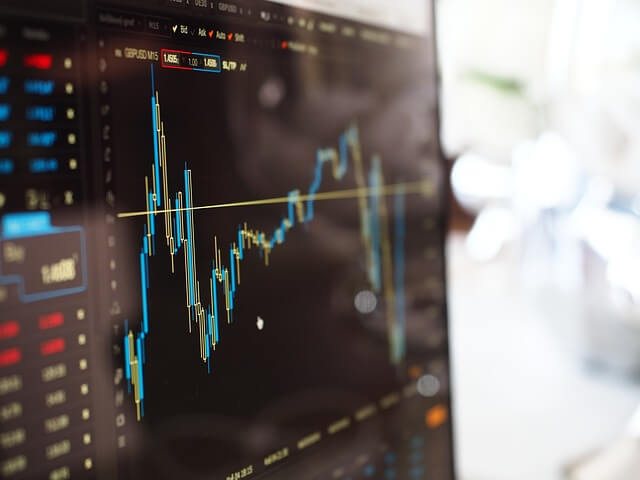Navigating the Complexities of CFD Trading: Tips and Tricks for Aspiring Traders
Trades are executed for one’s own account by Contract for Difference (CFD) brokers or MetaTrader 5 providers. They typically don’t have a trader on staff to keep track of orders and carry them out for other clients. Instead, they have a group of consultants that carry out the trades on the clients’ behalf. As a result, a CFD broker is able to concentrate on controlling the risk of its trades while also monitoring the financials of its clients.
Contracts for difference are a type of derivative that give investors the ability to speculate on how prices will change in the future and potentially profit from those changes. Contracts of this nature are usually referred to as “futures” contracts or exchange-traded funds (ETF). CFDs give investors the ability to buy and sell “put” and “call” contracts with several strike prices at the same time, allowing them to capitalize on fluctuations in market prices. If the prerequisites for investor ownership are not completely satisfied, these contracts are written to be rendered invalid and void. Both parties are dependent on the price of the underlying security (in this case, the stock), which means that the chance of profit is large because the price of the underlying security might go up or down.

Image Source: Pixabay
A CFD contract can be organized in a variety of ways. One or more characteristics of a typical contract for difference will make it unique from other derivative trading types. As an illustration, equities might serve as the trade’s underlying security, but most CFDs give traders the opportunity to “leverage up” their positions by placing “put” or “call” bets on the same contract. Although a contract for difference is frequently traded like a “future,” it is also known as a “futures contract.” Futures contracts often carry uniform regulatory approval and are registered on a national exchange. The fact that you choose the delivery date in the futures market but not the price in the CFD market is one of the key distinctions between futures and CFDs.
Understanding the contract itself is the first step in trading a contract for difference. A contract for difference is composed of three components: the “offering,” the “value,” and the “selling” order.
The Offering: Once, this was a contract for future delivery of stocks or commodities; currently, it can also be a bond, a currency, or an index option.
The Value: The difference between the buy and sell prices is the contract’s value. For some contract types, the purchase or sell option will have a minimal value requirement.
Selling: This is the point at which trading takes place. Historically, this was a written order, but it is also possible to place an order orally, receive a trade confirmation, or take a screenshot of the Execution Tracker.
The exotic financial assets, such as digital assets, are not the same as CFDs. A security that is not offered on an over-the-counter (OTC) market but that can be exchanged through a MetaTrader 5 trading service is referred to as an exotic derivative. For instance, a contract for actual goods will never be traded on an exchange. It will be exchanged between the parties engaged in the transaction directly instead.
It is reasonable to state that the present moment is the best time to start investing in CFDs. Those who are interested in trading should get their feet wet as soon as possible because it is anticipated that the industry will continue to expand in the years to come. If trading CFDs is something that interests you, then you should behave responsibly and get started right immediately. You don’t want to look back on your life and realize that you should have started investing sooner.
Comments